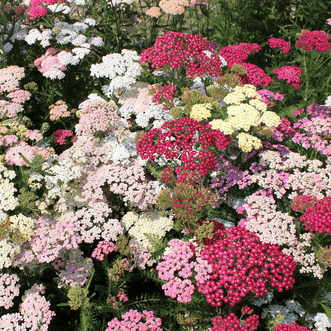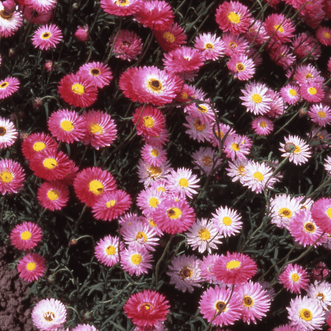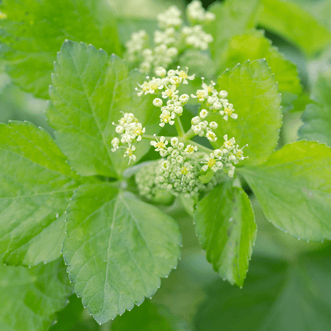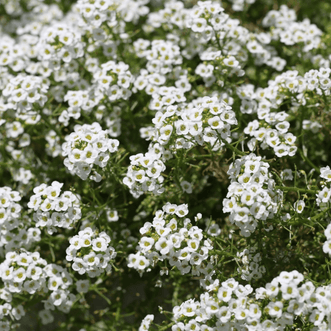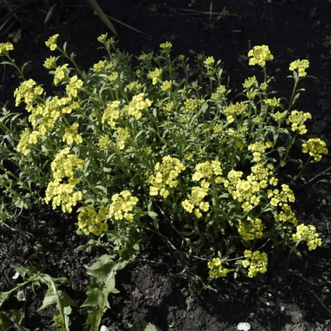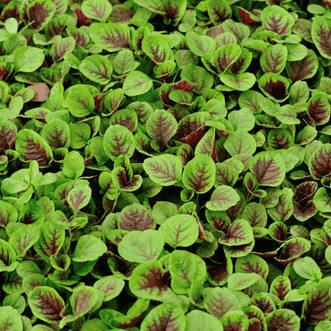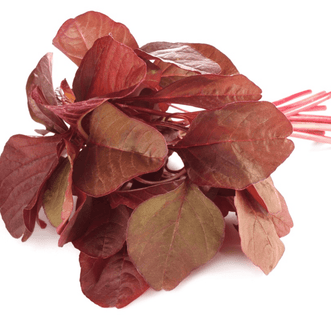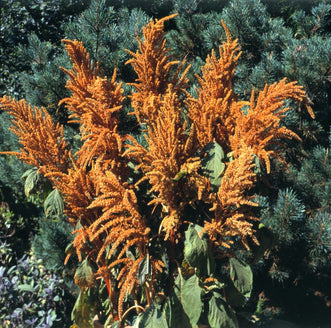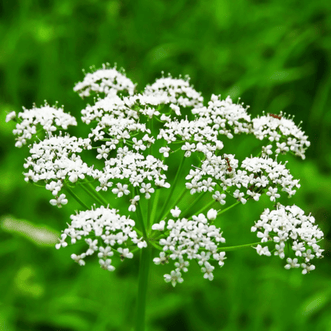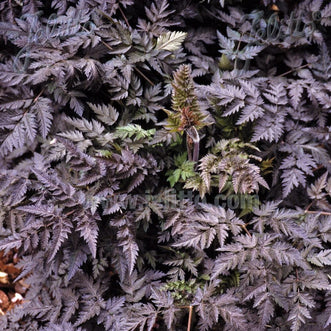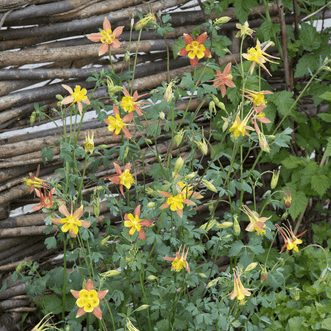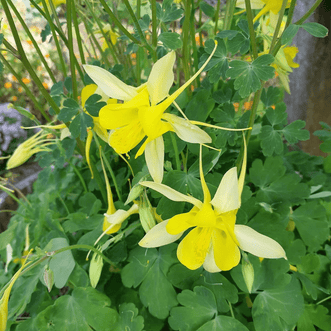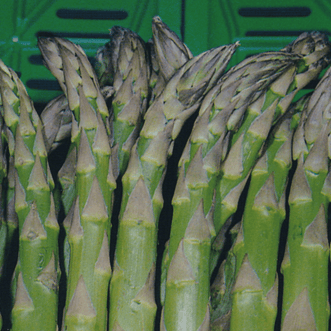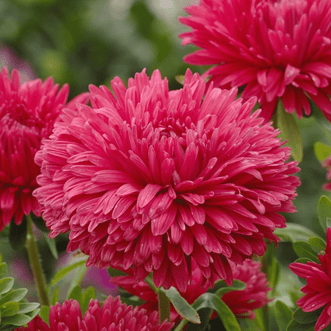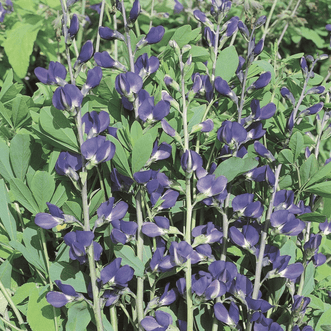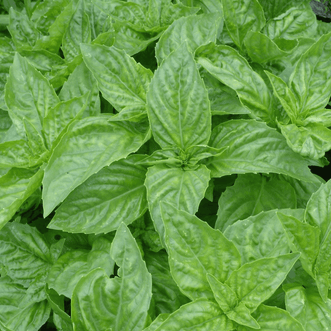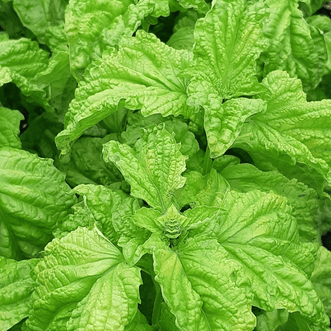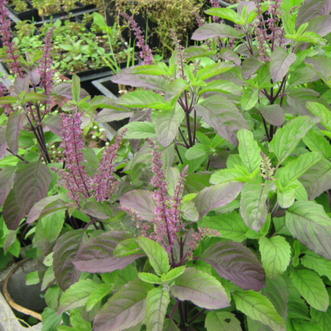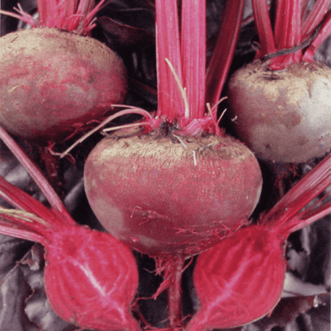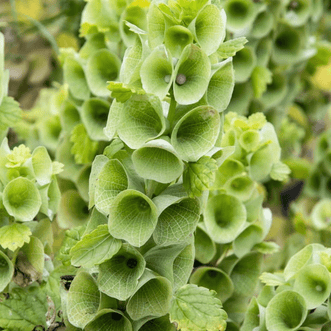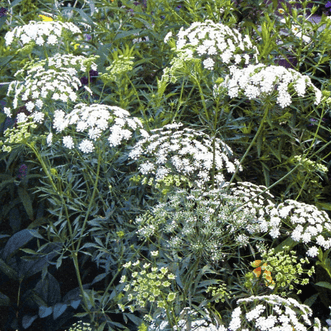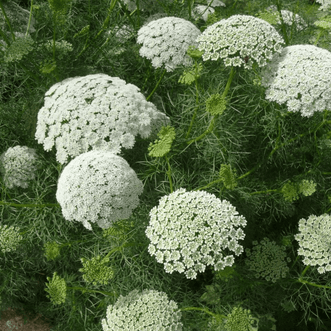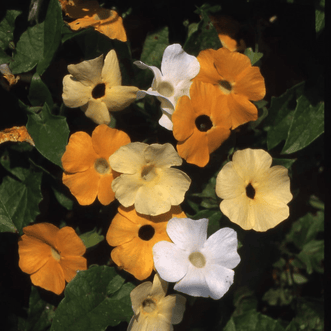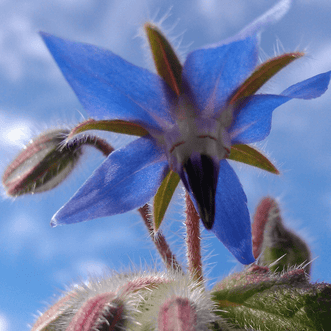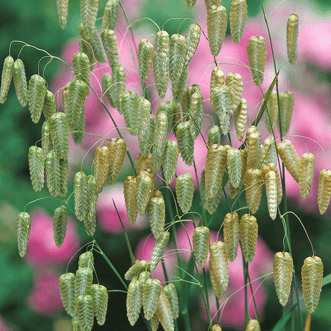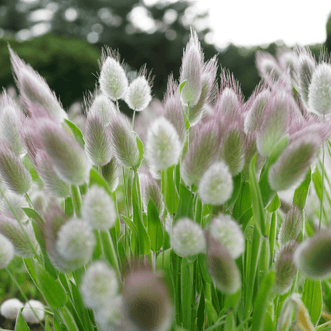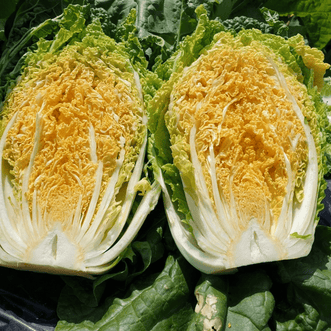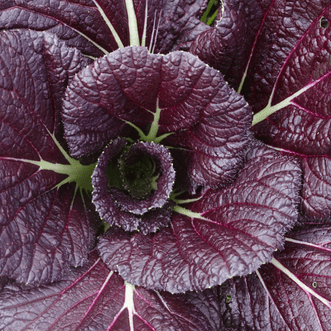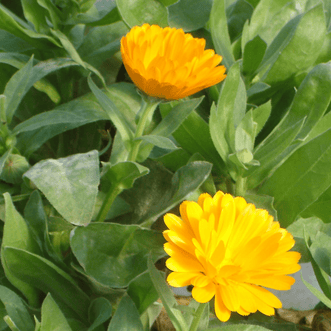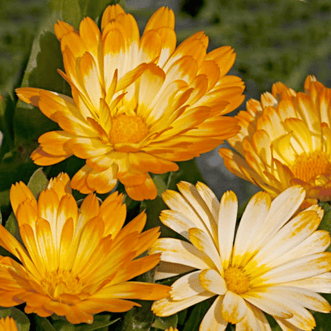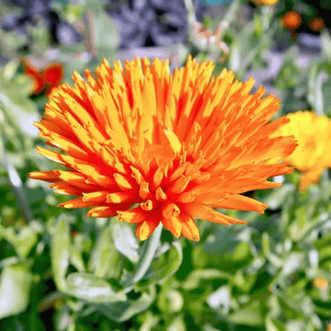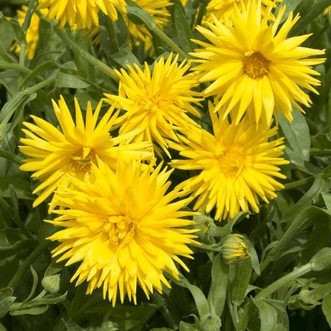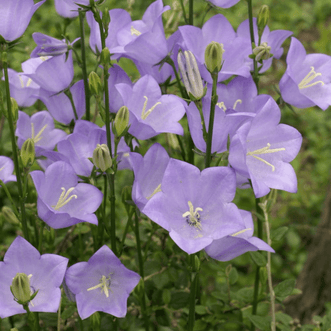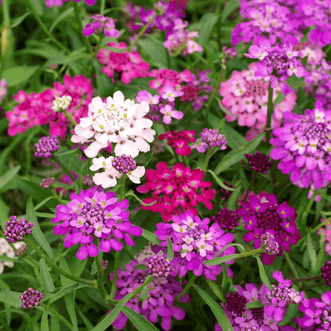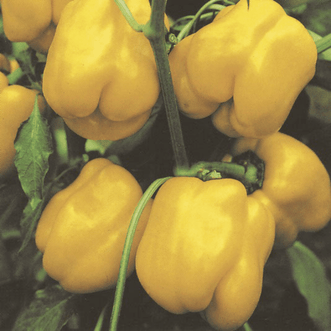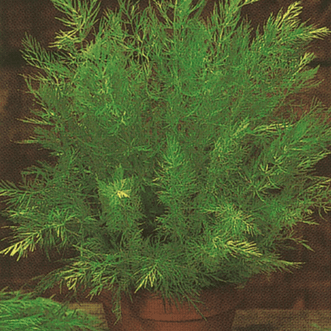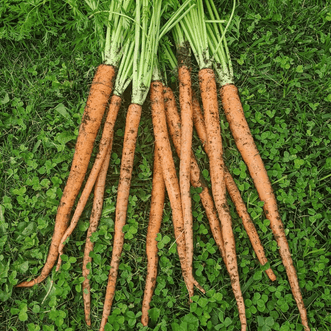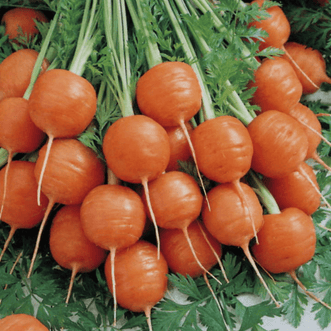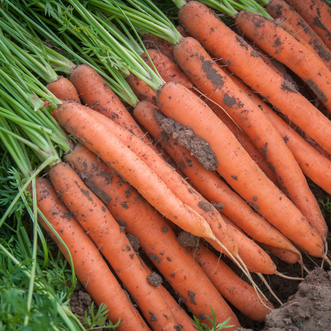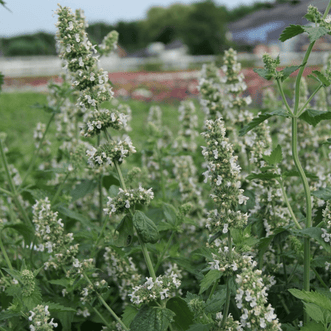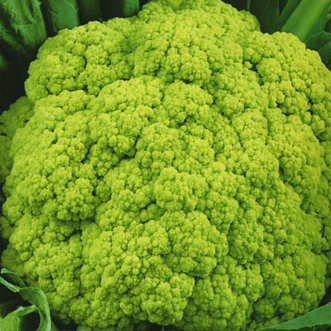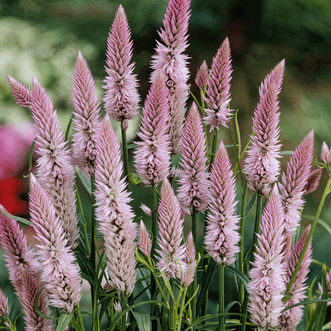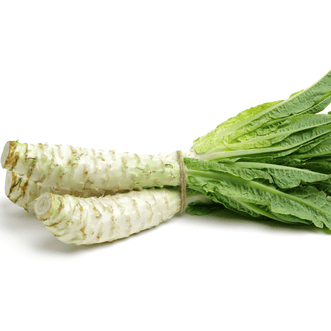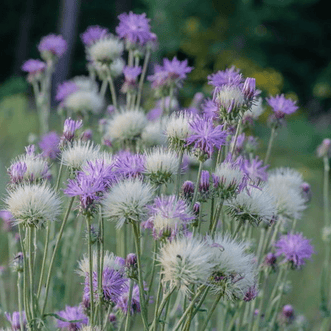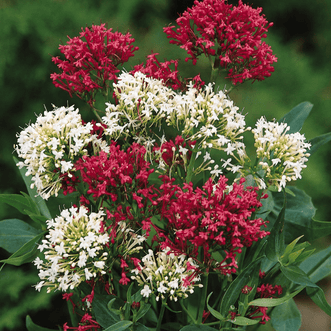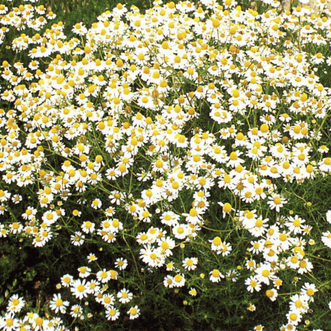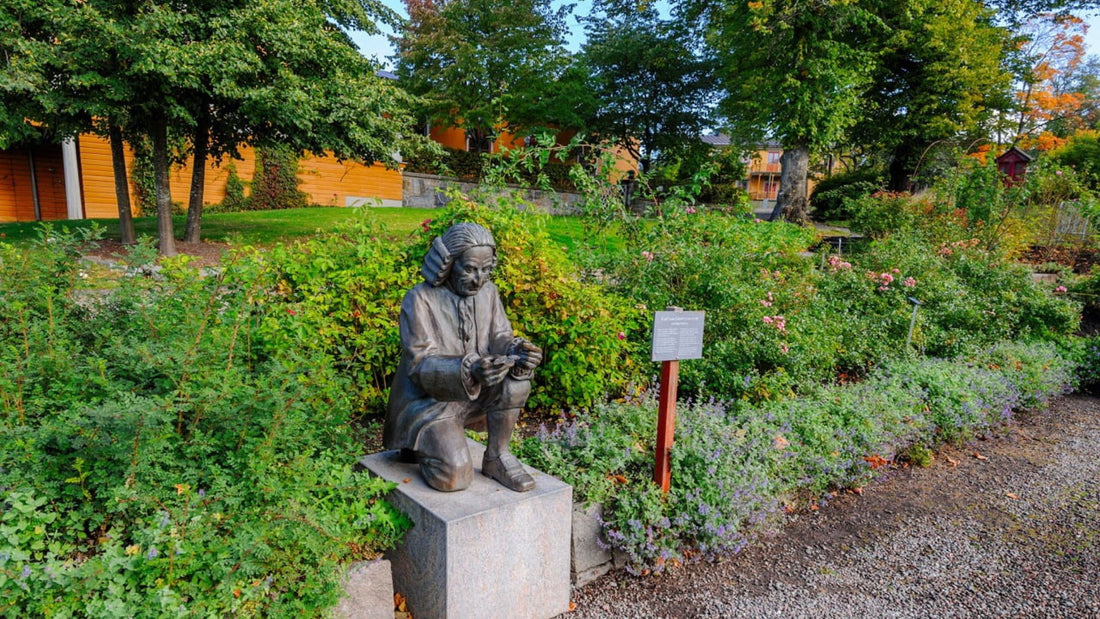
Latin names? Why use them?
TylerWho started them?
They were started by Carl Linnaeus, a Swedish naturalist in the mid-18th century.
He designed a system for classifying and naming plants, animals and minerals which is still used today.
During the 17th century others had already begun to organize plants into large groups and these large groups into smaller groups called genera (or genus).
Carl Linnaeus broke these genera down into smaller units (species) to identify the natural order of plants.
That order is based on structural features to ensure a plant’s survival.
He decoded an order that was already there in nature.
He helped to make it desirable and even fashionable to grow interesting plants.
What are they?
Botanical names are brief, concise and informative.
They consist of two words (binomial), the genus name and the species name. Sometimes there’s a third name for the sub species.
Take an example – Japanese maple - Acer palmatum dissectum
Acer means maple - palmatum means leaves shaped like a hand - dissectum means very finely dissected, like threads.
You will know that all Kings Seeds varieties have just genus and species names – the sub species names are not necessary.
Why use them?
Because it is a universally understood system for naming plants.
You’ll find them everywhere in gardening, on seed packets, in catalogues, on websites and at garden centres and nurseries.
No matter where you are in the world, plants can be identified using the botanical name.
Nigella damascena is the same thing whether it is locally known as Ragged Lady or Love in a Mist.
Kings Seeds made a decision a few years ago to focus more on botanical names than common names for this reason.
You will know that often when you call us and ask for a variety using a common name with which we’re not familiar, we ask you for the botanical name.
This makes it a lot easier to find AND to ensure that we are talking about one and the same thing – THE UNIVERSAL LANGUAGE!
The language is very descriptive and where a word didn’t exist in Latin or Greek a comparison was made – species names are often described as “like something else”.
Whilst checking this all out, we discovered that flowers have a far greater variety of botanical names than vegetables.
We assume that there are more colours, leaf forms, plant shapes and plant differences.
Vegetables are largely cultivated so often have the species names of oleracea, sativus/sativum/sativa and vulgare/vulgaris.

